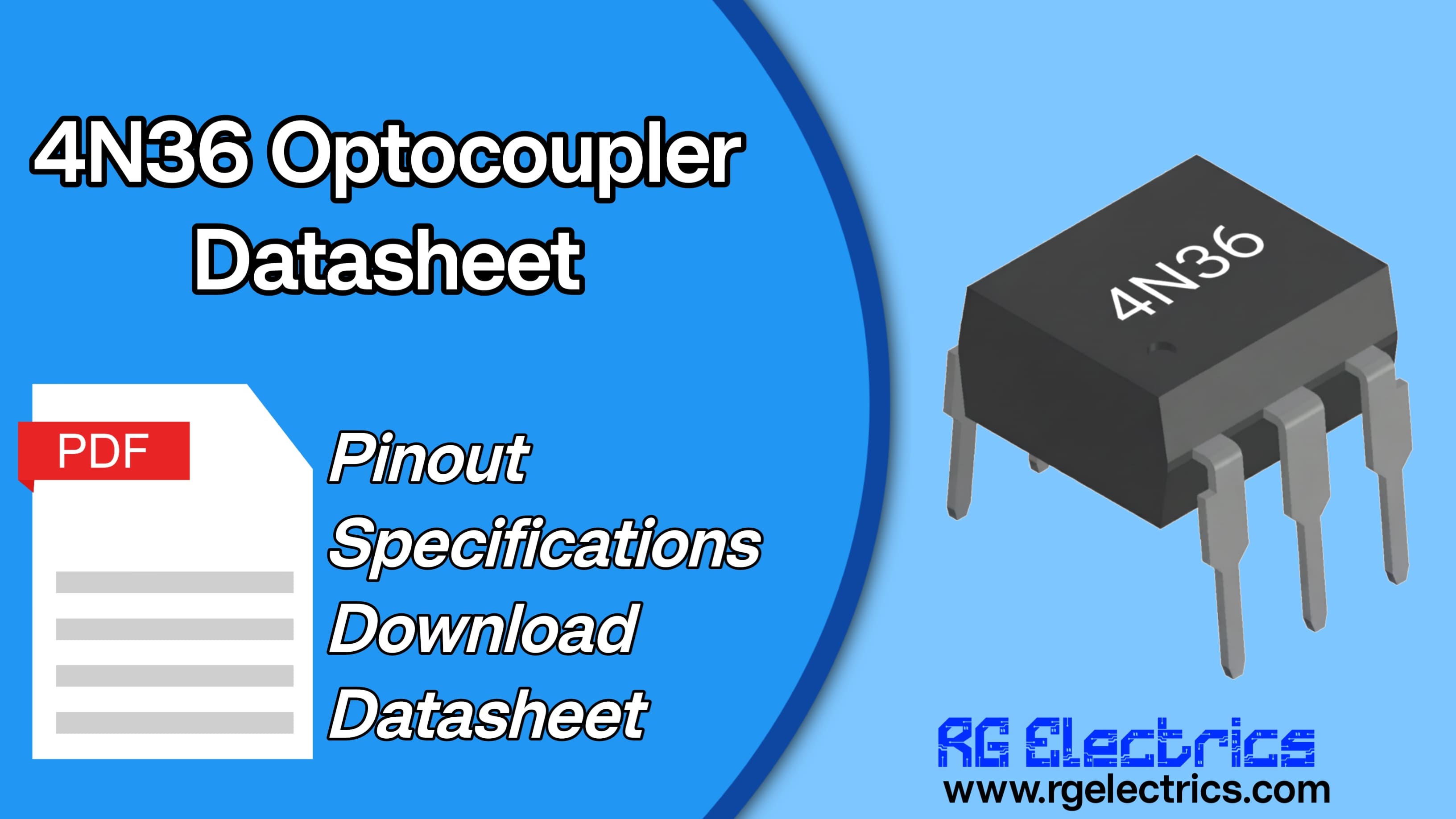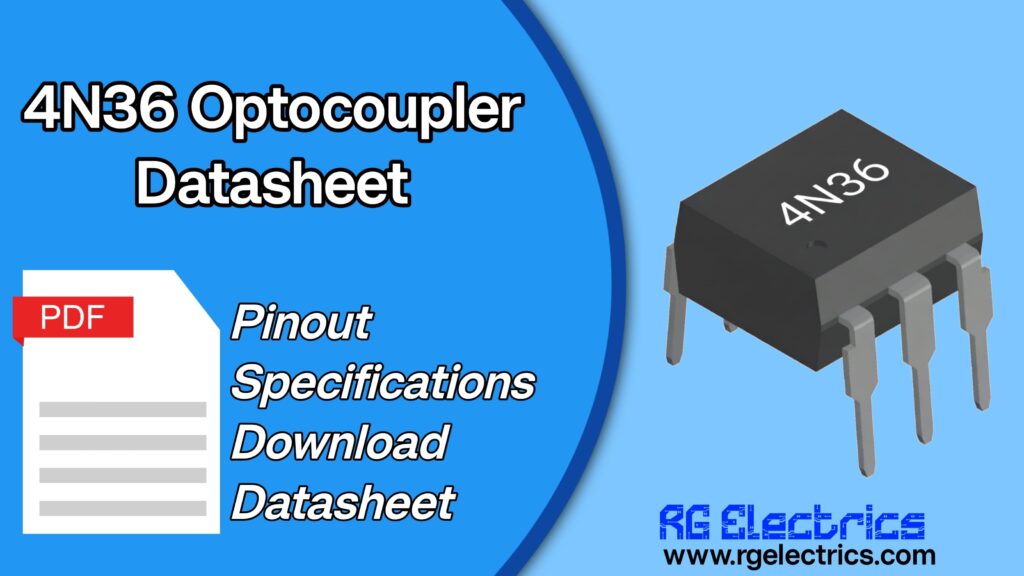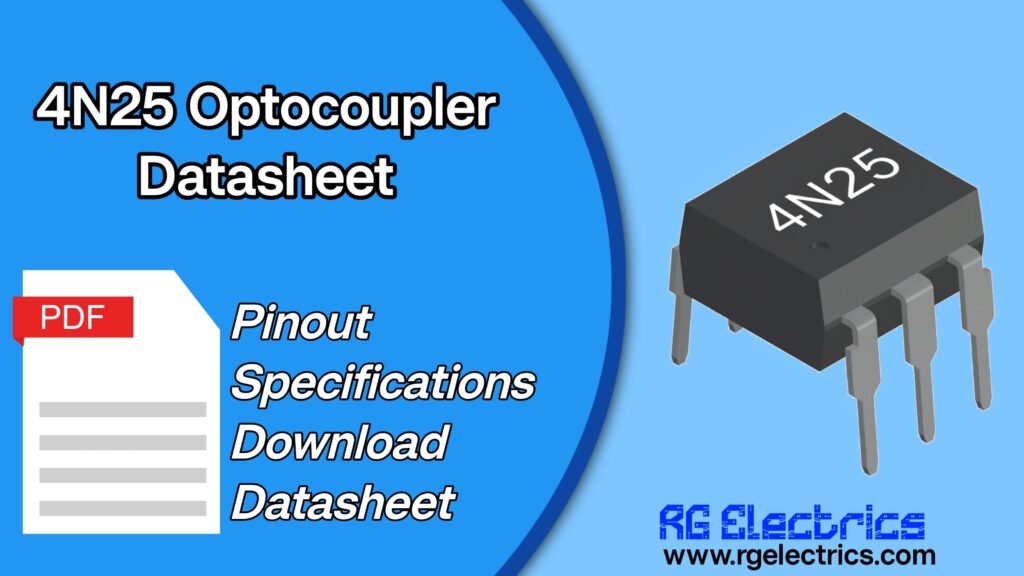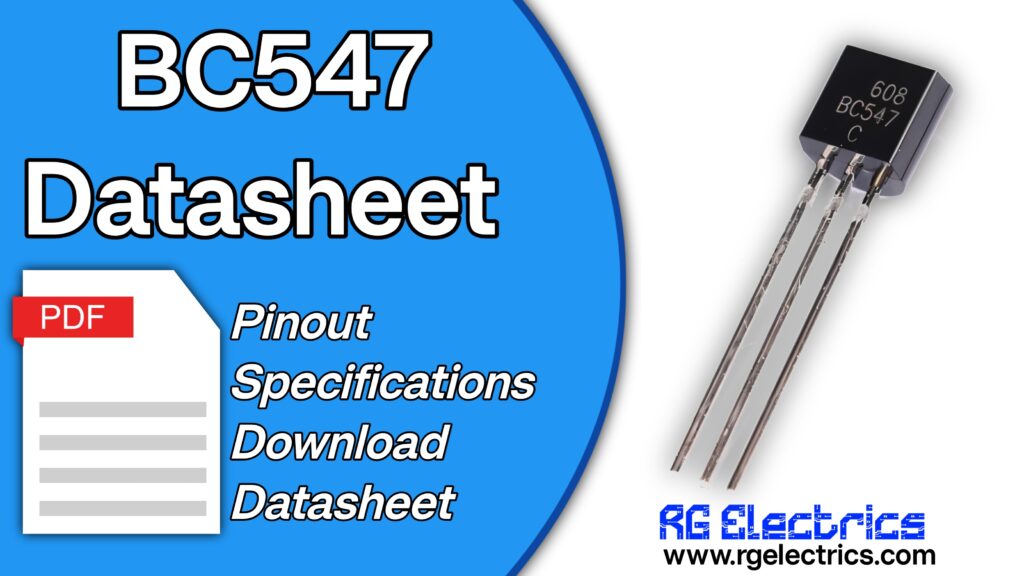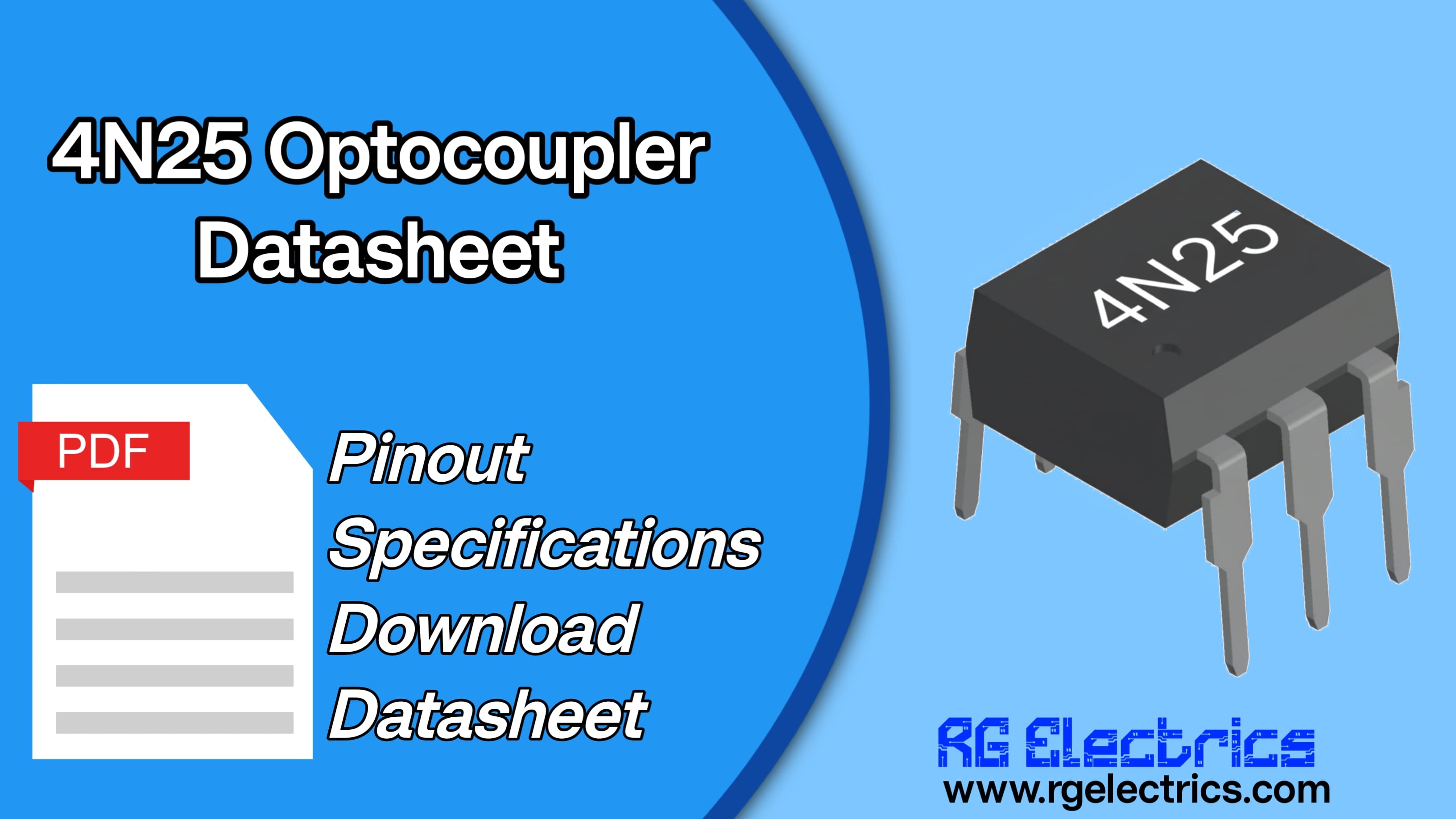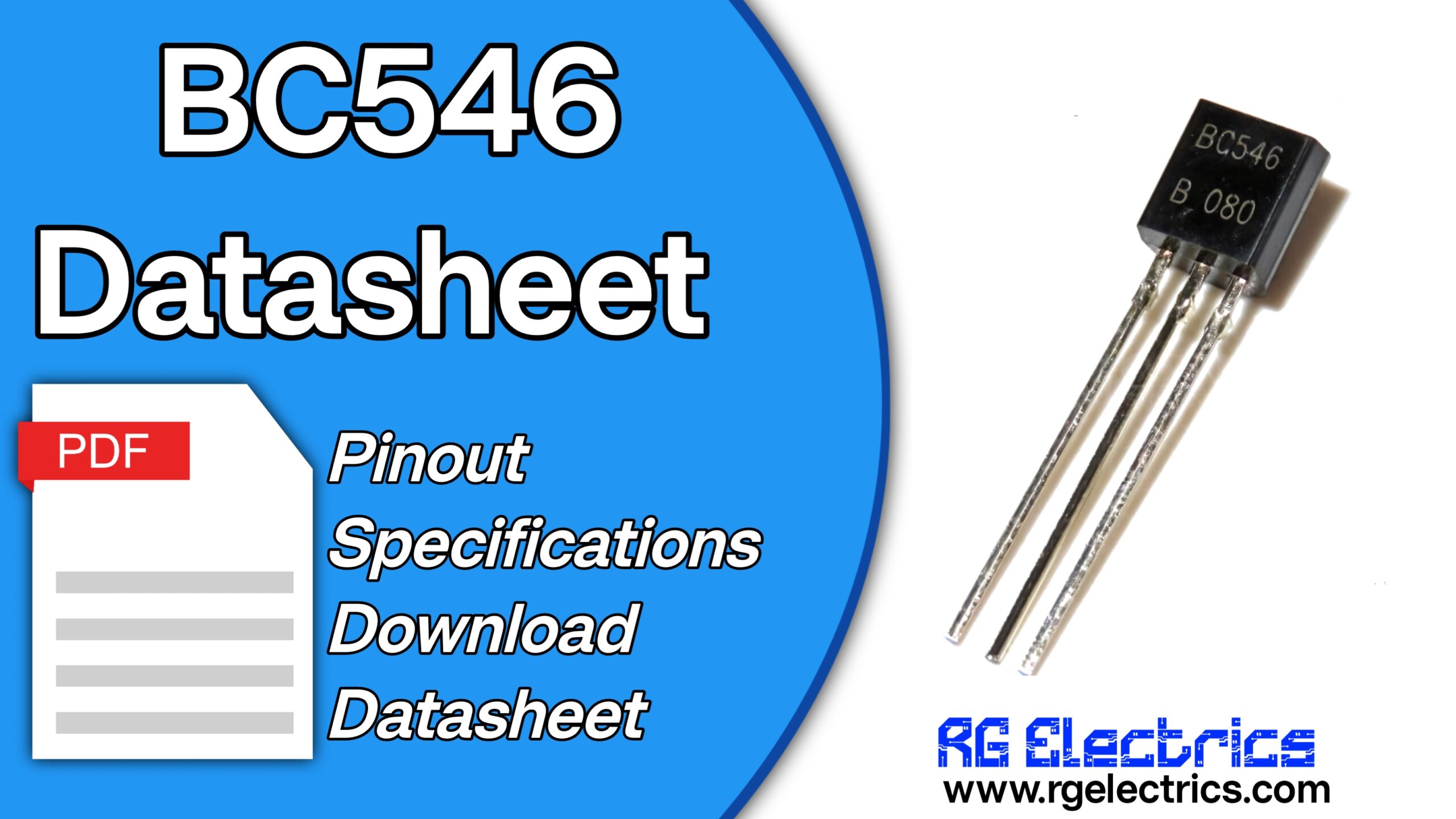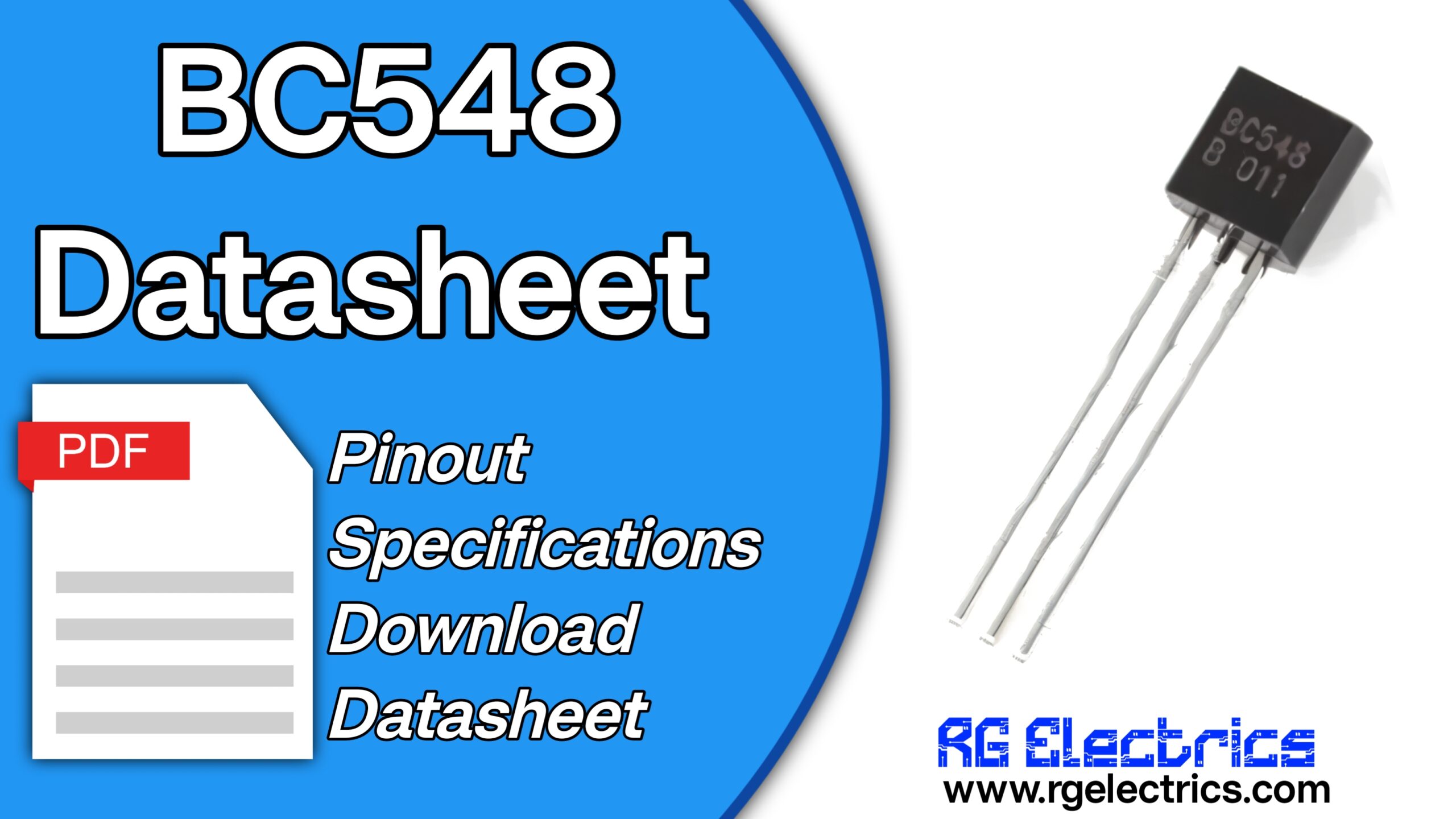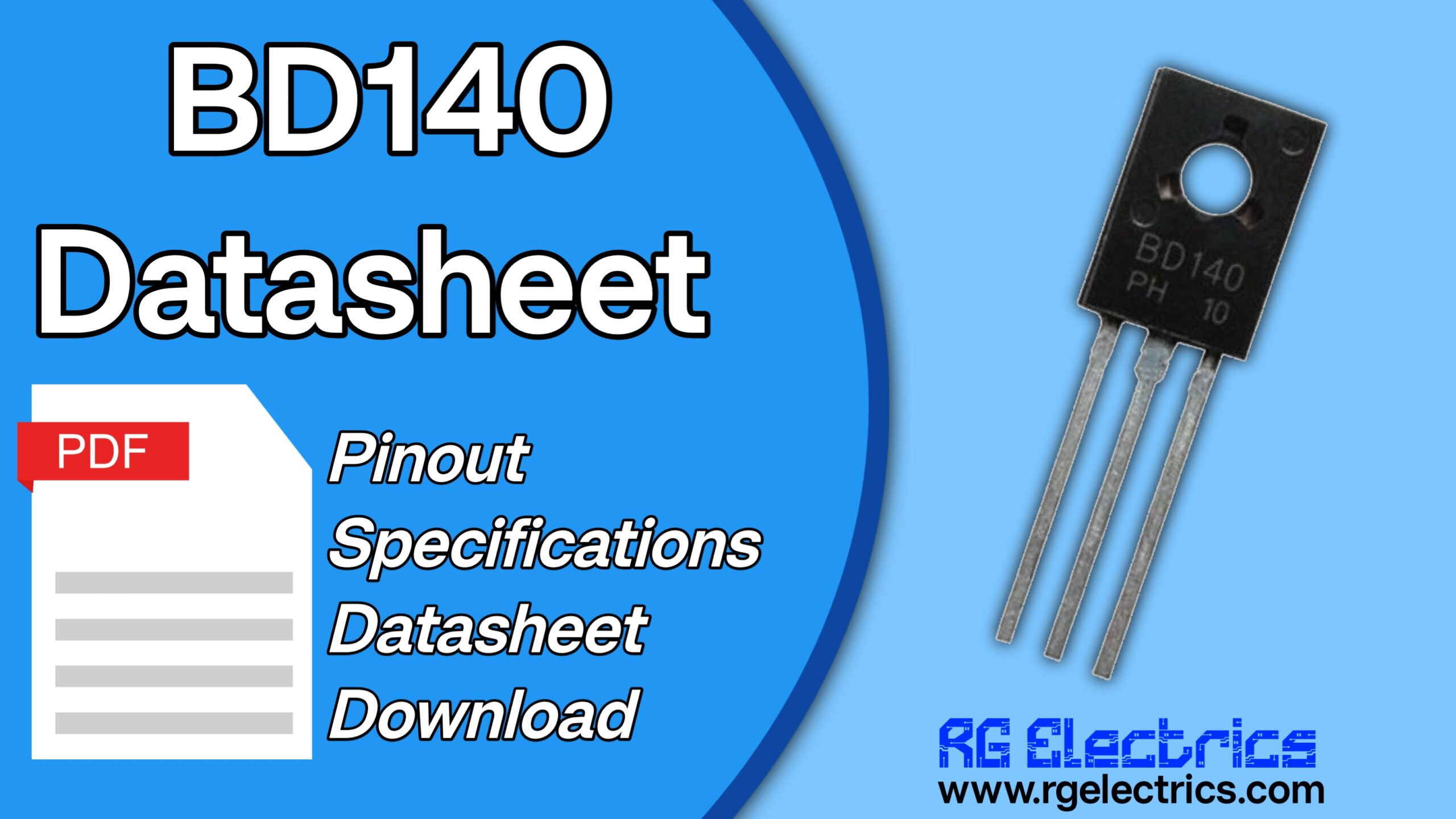Table of Contents
4N36 Optocoupler: Introduction
The 4N36 optocoupler is an isolation device designed to safely transfer electrical signals between two separate circuits without any direct electrical connection. It contains an infrared LED and a phototransistor packaged together in a 6-pin DIP module. When the internal LED is activated, it emits light that turns ON the phototransistor, enabling signal transmission with complete galvanic isolation. This feature makes the 4N36 suitable for protecting low-voltage microcontroller circuits from high-voltage spikes, electrical noise, and ground loop interference.

The 4N36 is widely used in automation, sensing, communication systems, and SMPS feedback control. It offers fast switching performance and good current transfer ratio (CTR), making it suitable for both digital and analog interfacing. Its base pin provides optional transistor biasing, offering more flexibility in signal shaping and amplification. With an isolation voltage rating of up to 5300 Vrms, the 4N36 ensures robust protection in industrial environments. Due to its reliability, simplicity, and low cost, it remains a preferred choice for electronic designers needing safe signal coupling and noise-free communication between high-power and low-power sections of a circuit.
4N36 Pinout
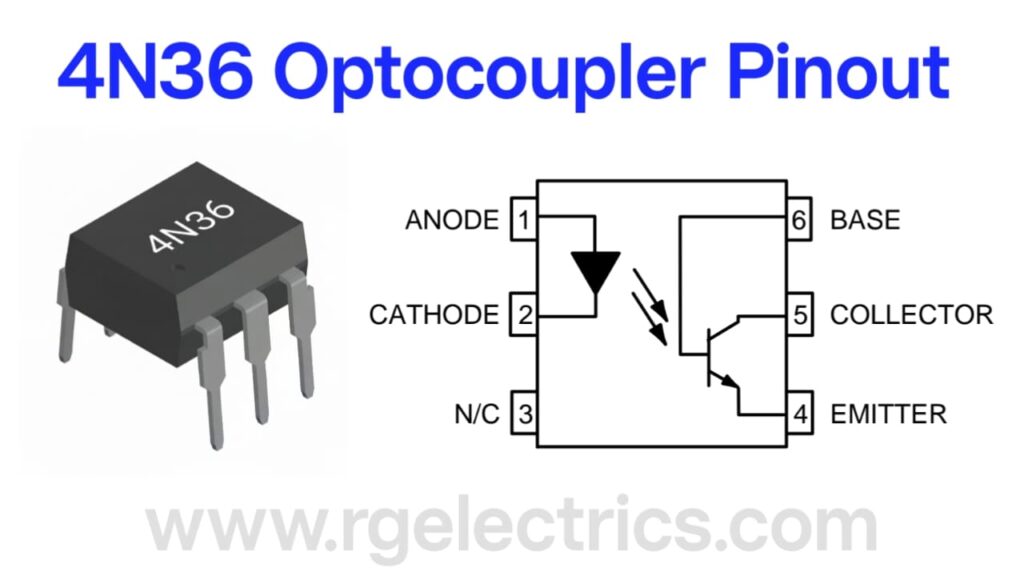
| Pin | Name | Description |
|---|---|---|
| 1 | Anode | Positive terminal of IR LED |
| 2 | Cathode | Negative terminal of IR LED |
| 3 | N/C | No internal connection |
| 4 | Emitter | Emitter of phototransistor |
| 5 | Collector | Collector of phototransistor |
| 6 | Base | Optional control pin for phototransistor |
Key Features
- Isolation voltage: up to 5300 Vrms
- Internal IR LED + phototransistor
- Optional transistor base control
- Fast switching response
- Low LED trigger current
- DIP-6 package suitable for PCB mounting
- High noise immunity
Equivalent / Alternatives
- 4N35, 4N37, 4N25, 4N26
- CNY17 series
- MCT2E
- PC817 (functional substitute)
Applications
- Microcontroller isolation interface
- SMPS and power supply feedback
- Triac/thyristor triggering circuits
- Motor control and speed regulation
- PLC and industrial automation
- Zero-cross detection
- Signal level shifting
- AC load monitoring and switching

